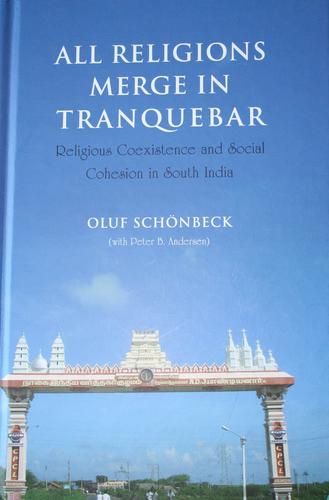Religious Coexistence

With globalization helping those who assert incompatible differences between their respective faiths, clashes of faith are increasingly common in different parts of the world. As a result, the study of religious conflicts is also increasing.
This book reverses that perspective by addressing a case of peaceful religious coexistence and social cohesion, namely in the south Indian town of Tranquebar (Tharangampadi) in Tamil Nadu. The birthplace of the Lutheran mission to India in 1706, this former Danish colonial settlement is now a famous heritage site. Although badly hit by the 2004 tsunami and today numerically dominated by members of a Hindu fishermen’s caste, so far the town has managed to steer clear of the kind of religious conflicts too often found in a number of states in present-day India, including Tamil Nadu.
An in-depth study based on post-tsunami field studies in 2006 and 2007 and later updates, the book examines the way in which Hindus, Muslims and different Christian denominations interact in their day-to-day lives. Further, it demonstrates that the role played by religion – as far as social cohesion is concerned – is invariably tied up with several other factors (social stratification, economic development, educational institutions and such social communities as caste councils, etc.) and may serve as a basis for unity as well as division.
